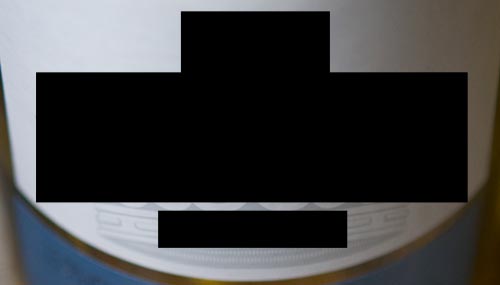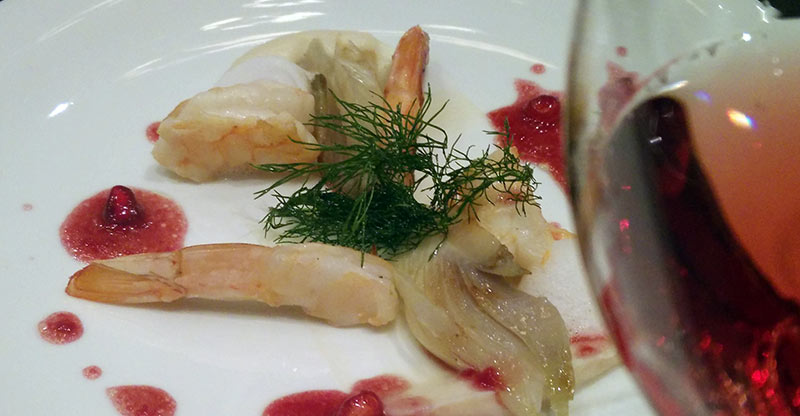
Recently the topic has again been re-opened as to whether we can taste the difference between red and white wines or cheap from expensive when blindfolded. It’s a good question that piques my interest to test out, but as of yet, I never seem to have to the time really delve in to it. This blog did and the results were inconsistent for colors, but there seemed to be a singular consensus that they were able to correctly choose the expensive wine versus the cheap.
That wasn’t the case in two much longer articles on The New Yorker and The Atlantic. While they didn’t delve in to the white/red comparison as much, they brought up a study that showed that people really can’t tell the difference between say, a wine from New Jersey and a Bordeaux Premier Cru. The creator of this study was a one Frédéric Brochet who is now one of my personal heroes.
All of these experiments in regards to price/quality, whether scientific or not, were primarily dealing with expectations. They are interesting at best though. You can’t make broad generalizations based upon one bottle of expensive wine vs. one bottle of cheap wine. There are also environmental factors such as, were the wines both decanted the same, were they served at the same temperatures, etc.
The one thing that I love in working on our guides is our approach to tasting the wines which is that of the normal wine drinker. We certainly have expectations based on the price in that we demand an expensive wine to taste better than a cheaper wine. For instance, there are two wines from a tiny sub-region we know well. One costs 16% the price of the other. While the more expensive wine is more refined, the other is still quite, quite good and gets our pick every time. If a winery wants me to pay top dollar, then it better be prepared to back it up.
But all of this is a bit of an outgrowth of our current points-based wine industry. I mean, what in the hell does a score 95 mean? It means that that is a wine Robert Parker thinks is quite good, but it won’t probably mean much to your average (meaning the other 99% of wine drinkers) consumer, especially if it costs $200 a bottle. And here’s where we’re all getting screwed up in that we’ve forgotten what good wine tastes like and what it’s supposed to be. It’s something to either have with a meal or sip on its own, possibly accompanied by a fire and ascot. It’s not something to ensconce in gold and put on a pedestal.
I’m sure that if you ran these same tests with something like apricots or broccoli, people would have a hard time deciding which was better because in the end, this is all agriculture. Of course, if anyone feels differently, chime in below.
